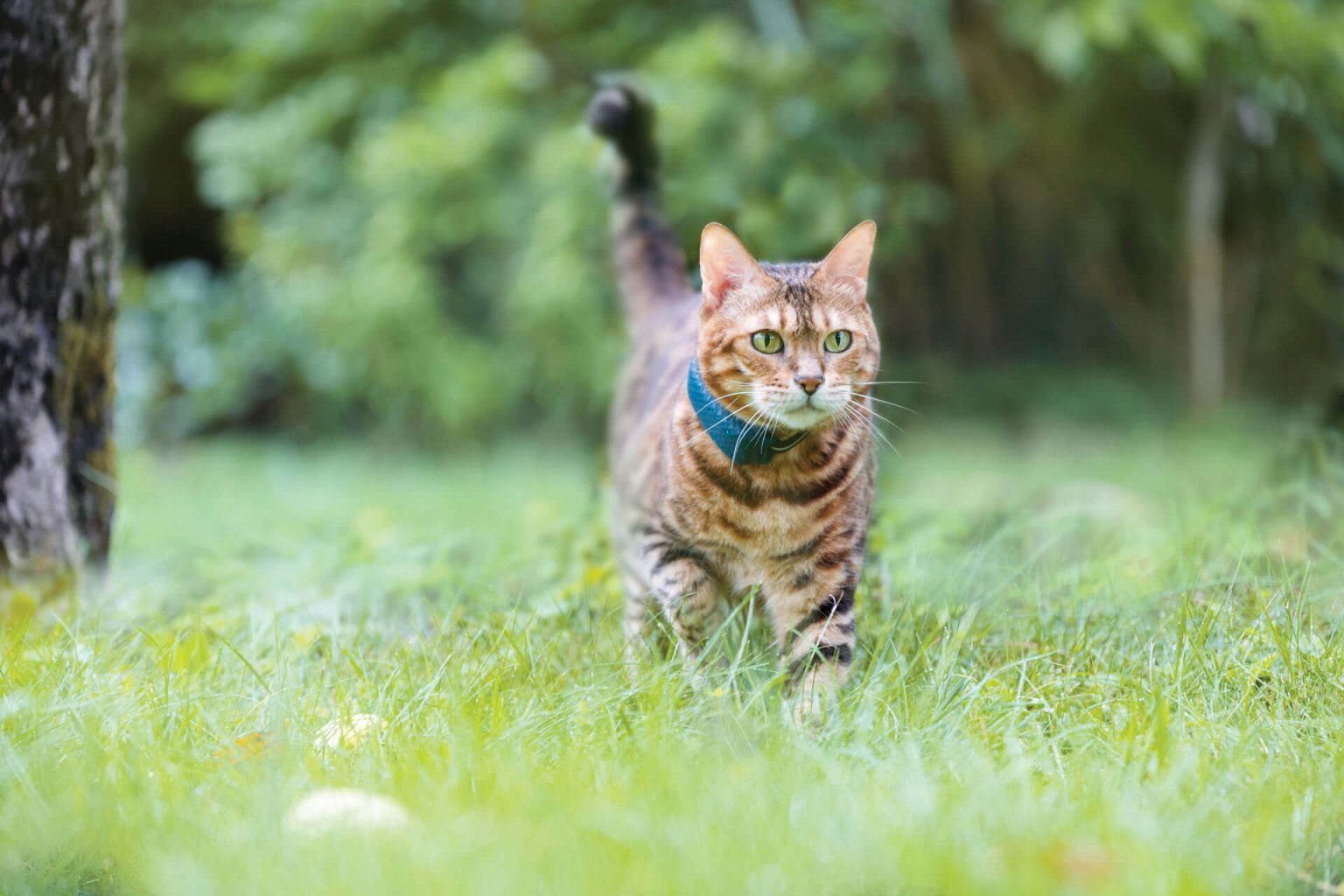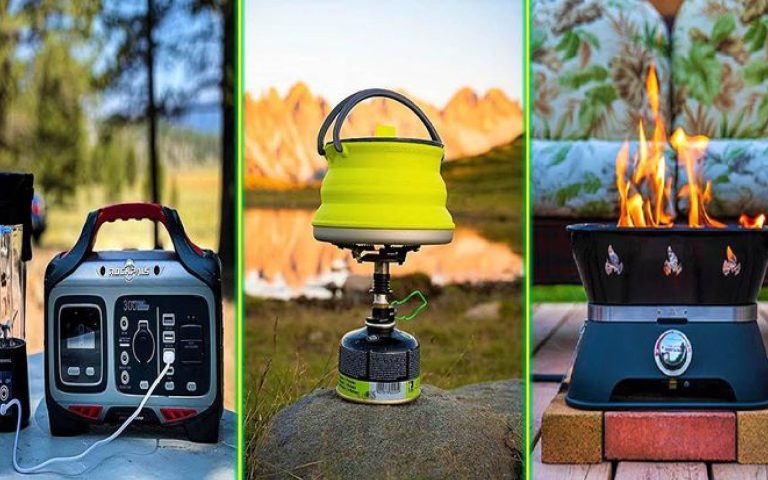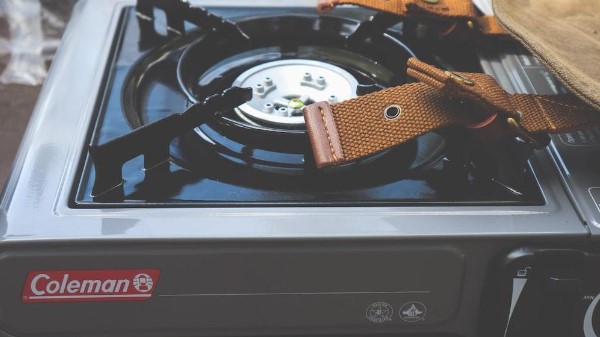How to Take Your Cat Camping: The Ultimate Guide for Feline-Friendly Adventures
Camping is a wonderful way to reconnect with nature and embark on exciting adventures.
But who says you have to leave your feline companion behind? With proper preparation and
a few important considerations, you can take your cat camping and create extraordinary
memories together. Just learn all about how to take your cat camping to ensure you’re having the perfect experience.
This guide will provide you with all the essential tips to make your cat’s outdoor experience safe, comfortable, and enjoyable.

Table of Contents
How to Take Your Cat Camping: The Ultimate Guide
1. Assess Your Cat’s Personality and Readiness for Camping
Before embarking on a camping trip with your cat, it’s crucial to determine if your feline
companion is suited for outdoor adventures. Some cats might thrive in an outdoor
environment, while others may become anxious or fearful. Consider the following factors:
Evaluate Your Cat’s Temperament
Cats exhibit a wide range of personalities, and not all of them are well-suited for camping.
Assess your cat’s temperament to determine if they are confident and curious enough to
handle the outdoors, or if they are more anxious and skittish in nature.
Harness and Leash Training
Ensure that your cat is comfortable wearing a harness and walking on a leash. This will be
essential for their safety and well-being during the camping trip. Start harness and leash
training your cat in a familiar environment before taking them on outdoor adventures.
2. Research and Choose a Pet-Friendly Campsite
Not all campsites are pet-friendly, so it’s essential to research and choose a location that
allows cats. Additionally, consider the following factors when selecting a campsite:
Pet Restrictions and Rules
Some campsites may have specific pet-related rules or restrictions, such as leash
requirements or designated pet-friendly areas. Be sure to familiarize yourself with these
regulations.
Accessibility and Proximity to Facilities
Choose a campsite that is easily accessible and close to necessary facilities, such as
restrooms, water sources, and trash disposal areas. This will make your camping experience
more convenient and enjoyable.
Safety Considerations
Select a campsite that is safe for your cat, avoiding areas with heavy traffic, predatory
wildlife, or other hazards that could pose a risk to your feline companion.
3. Prepare and Pack the Essential Cat Camping Gear
When taking your cat camping, you’ll need to pack specific gear to ensure its comfort,
safety, and well-being. Some essential items to include are:
Cat Harness and Leash
A well-fitting, secure cat harness and leash are necessary for your cat’s safety during the
trip. Opt for a harness that is comfortable for your cat and easy for you to put on and
remove.
Collapsible or Portable Cat Carrier
A collapsible or portable cat carrier will provide your cat with a safe and comfortable space to
retreat to during the camping trip. Make sure the carrier is large enough for your cat to move
around and lie down comfortably.
Food, Water, and Treats
Pack enough of your cat’s regular food, water, and treats to last the duration of the trip, plus
some extra in case of emergencies. Remember to store cat food in a secure bear bag or
container at night.
Litter Box and Litter
Bring a portable litter box and enough litter for the duration of your trip. Consider using
lightweight, biodegradable litter and a collapsible litter box for easy transport and disposal.
First Aid Kit and Emergency Supplies
Pack a cat-specific first aid kit that includes items such as bandages, gauze, tweezers, and a
digital thermometer. Additionally, bring a recent photo of your cat and their microchip
information in case they become lost.

4. Plan Your Trip Wisely
To ensure a successful camping trip with your cat, it’s essential to plan carefully, considering
factors such as weather conditions, the length of your stay, and your cat’s routine.
Check the Weather Forecast
Choose a time for your camping trip when the weather is mild and clear, avoiding extreme
temperatures or rainy conditions that could make the experience uncomfortable for your cat.
Maintain Your Cat’s Routine
Cats are creatures of habit, so try to maintain their regular feeding, grooming, and sleep
schedules during the camping trip. This will help them feel more at ease in the new
environment.
Consider the Length of Your Stay
For your cat’s first camping trip, consider starting with a shorter excursion to gauge their
comfort level and identify any areas for improvement before planning a longer outing.
5. Set Up a Safe and Comfortable Campsite
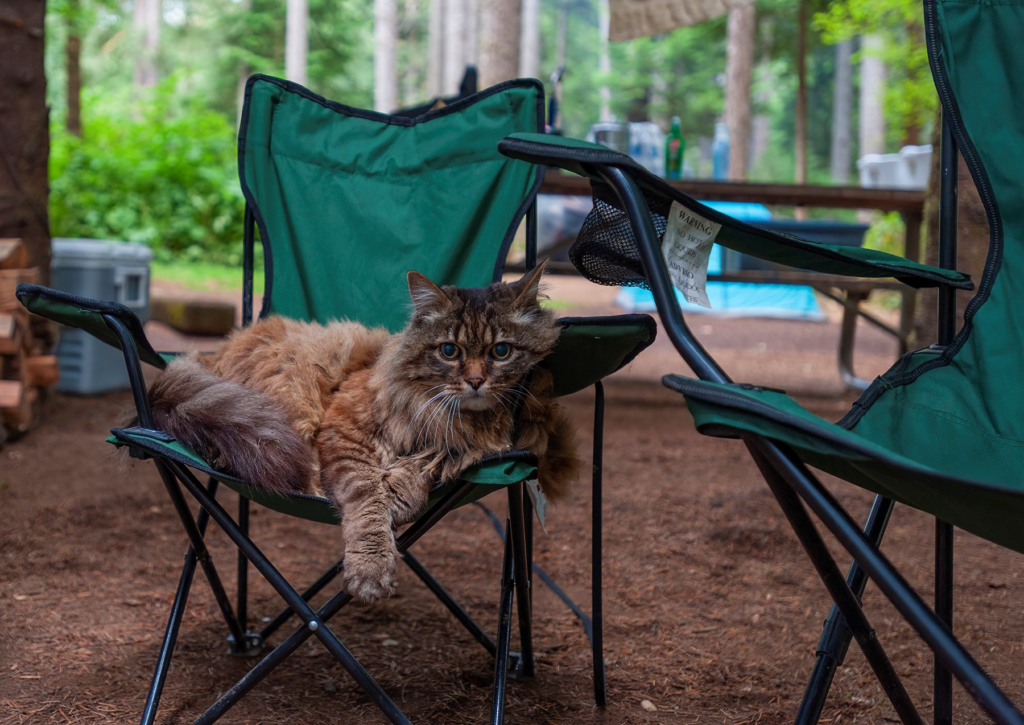
Upon arriving at your campsite, take the necessary steps to set up a safe and comfortable
environment for you and your cat.
Secure the Tent and Campsite
Make sure your tent is securely pitched and the zippers are closed to prevent your cat from
escaping. Additionally, keep your campsite clean and free of hazards, such as sharp objects,
toxic plants, or open fires.
Provide a Safe Space for Your Cat
Set up a designated safe space for your cat within the tent, such as a carrier, playpen, or mini tent. This will give your cat a secure and familiar area to retreat to if they become anxious or overwhelmed.
Supervise Your Cat at All Times
Never leave your cat unattended at the campsite, whether they are inside the tent, on a
leash, or in a playpen.
6. Sleep Safely and Comfortably Together
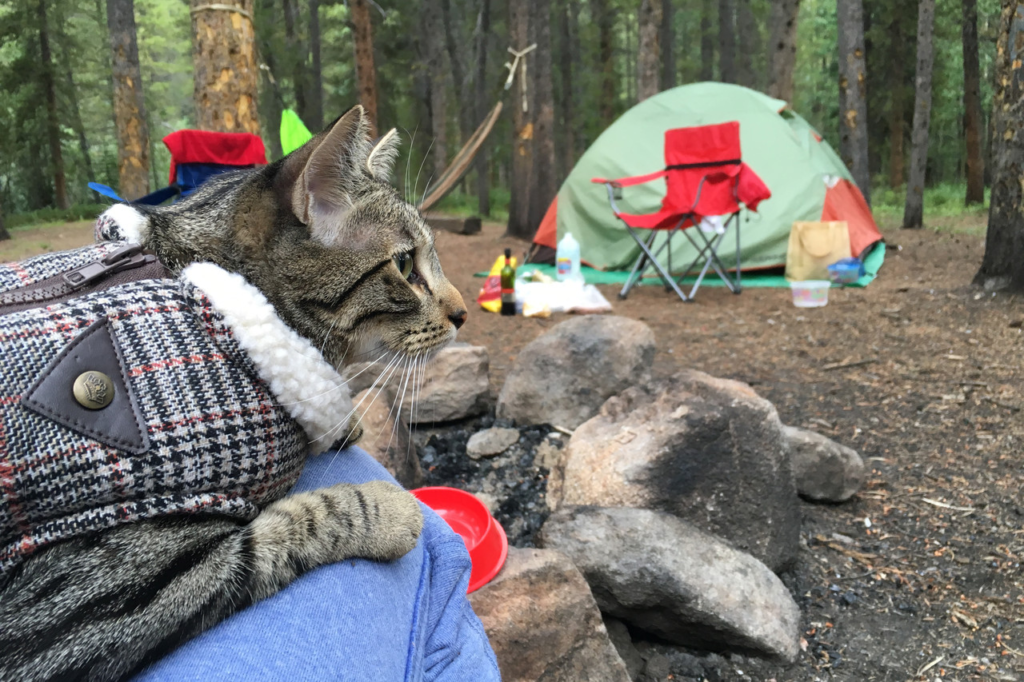
Ensure a comfortable and safe sleeping environment for you and your cat during the
camping trip.
Tire Your Cat Out Before Bedtime
Engage in play or physical activities with your cat before bedtime to help tire them out and
encourage a good night’s sleep.
Secure Your Cat in the Tent
Ensure your cat is safely secured within the tent, either in their carrier, playpen, or on a leash
attached to a secure point within the tent.
7. Prepare for Emergencies

Although we hope for a safe and enjoyable camping experience, it’s essential to be prepared
for emergencies.
Know the Signs of Distress
Be familiar with the signs of distress in cats, such as excessive vocalization, hiding, or
aggressive behavior, and be prepared to address any issues that arise.
Have a Plan for Seeking Veterinary Care
Before embarking on your camping trip, research nearby veterinary clinics and emergency
centers in case your cat requires medical attention during the trip.
Pack a First Aid Kit
Ensure you have a well-stocked first aid kit specifically designed for cats, including items
such as bandages, gauze, tweezers, and a digital thermometer.
Leave No Trace
When camping with your cat, practice the Leave No Trace principles to minimize your impact
on the environment. Properly dispose of your cat’s waste, either by packing it out or burying
it in a hole at least 6-8 inches deep and 200 feet away from water sources, trails, and camp
areas.
How to Take Your Cat Camping: Ending Notes
Camping with your cat can be a unique and rewarding experience for both you and your
feline companion. Now that you know how to take your cat camping, remember to plan ahead, prioritize your cat’s comfort and safety, and embrace the wonders of nature with your
feline companion by your side.
So, pack your bags, grab your cat’s essentials, and embark on a paw-some camping trip that you’ll cherish for years to come.

Meet Sarah, a passionate traveler and camping enthusiast who loves to explore the great outdoors. With years of exploring, she has become an expert in testing and reviewing the best tents on the market which got her to start mytravelingtents.com. Her insightful reviews provide valuable information to fellow adventurers looking for the perfect tent for their next camping trip.
